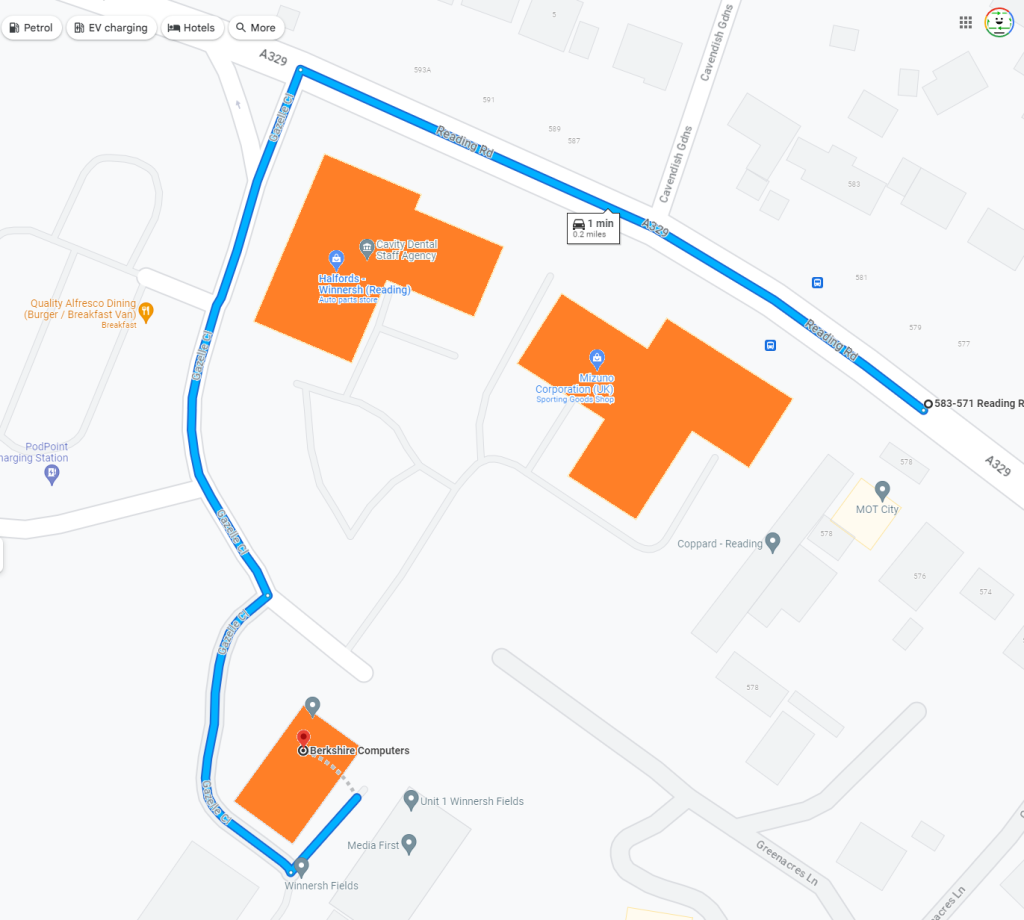Troubleshooting an Unreliable PC: Is It the Graphics Card or Something Else?
If you’ve recently invested in a new PC, only to face frustrating issues with booting and performance, you’re not alone. Many users experience similar challenges with their systems. Here’s a brief overview of a common scenario and some potential solutions to help you get back on track.
The Problem at Hand
Recently, a user encountered a perplexing issue with their new PC. Upon startup, the device intermittently displayed a “no signal” message. After several attempts, the system booted—albeit sluggishly. The mouse cursor lagged significantly, and the screen refresh was noticeably slow. After a few more restarts, the performance improved, and it even handled intensive games smoothly at high graphics settings. However, the optimism was short-lived; upon the next restart, the lag returned, and the graphics card was absent from the task manager.
Adding to the frustration, the computer would occasionally shut down and restart on its own. This raised a critical question: could the problem lie beyond the graphics card?
Diagnosing the Issue
First, it’s essential to understand that a variety of components can impact a PC’s performance. While the graphics card is often a primary suspect in gaming-related lag, other factors may also come into play. Here are several aspects to consider when troubleshooting:
-
Power Supply: An inadequate or malfunctioning power supply can lead to performance issues. If the PSU isn’t providing enough power to the components, it may result in lag and instability.
-
Motherboard Connections: Loose or faulty connections on the motherboard can cause intermittent recognition of hardware, including the graphics card.
-
Cooling Issues: Overheating can cause the CPU or GPU to throttle performance. Ensure that the cooling system is functioning correctly and that there’s no dust build-up hindering airflow.
-
Software Conflicts: Sometimes, a Software issue such as outdated drivers or conflicting programs can affect performance. Checking for driver updates or performing a clean boot may resolve these problems.
-
Testing Different Components: As mentioned, testing with an alternative, lesser graphics card that worked suggests that the original cards may be faulty. Trying different PCIe slots for the graphics card can also rule out motherboard-related issues.
Seeking Solutions
If you find yourself in a similar predicament, consider these steps:
– Check the Power Supply: Ensure it meets the power
Share this content:



